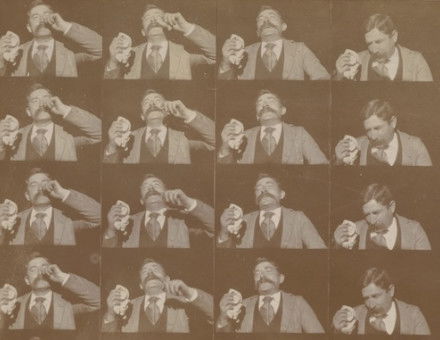Back to Nature: The Flowering of Art Nouveau
David Irwin chronicles how the imagery of the natural world entwined itself luxuriantly in the visual arts of the 1890s.
The 1890s in the visual arts are often characterized as years of decadence and anguish, when images are contorted and emotions stressful. From the black and white illustrations of Aubrey Beardsley, to the oils and woodcuts of Edvard Munch, there is a great deal of imagery that obviously belongs to a period shared with the later plays of Ibsen and the early works of Freud. It was a period of introspection, even of pessimism, lasting until just after the turn of the century in Picasso's ‘Blue Period' world of impoverished guitarists and absinthe drinkers.
The last ten years of the nineteenth century, however, shared their decadence with an equally important strand, that of nature. The importance of nature for the visual arts in this period was in itself of course not new.
Trees, plants and flowers had been fundamental for nearly all the art of the past. As Lewis F. Day, who established the Art Workers' Guild along with Walter Crane, wrote at the beginning of his book Nature in Ornament (1892):





